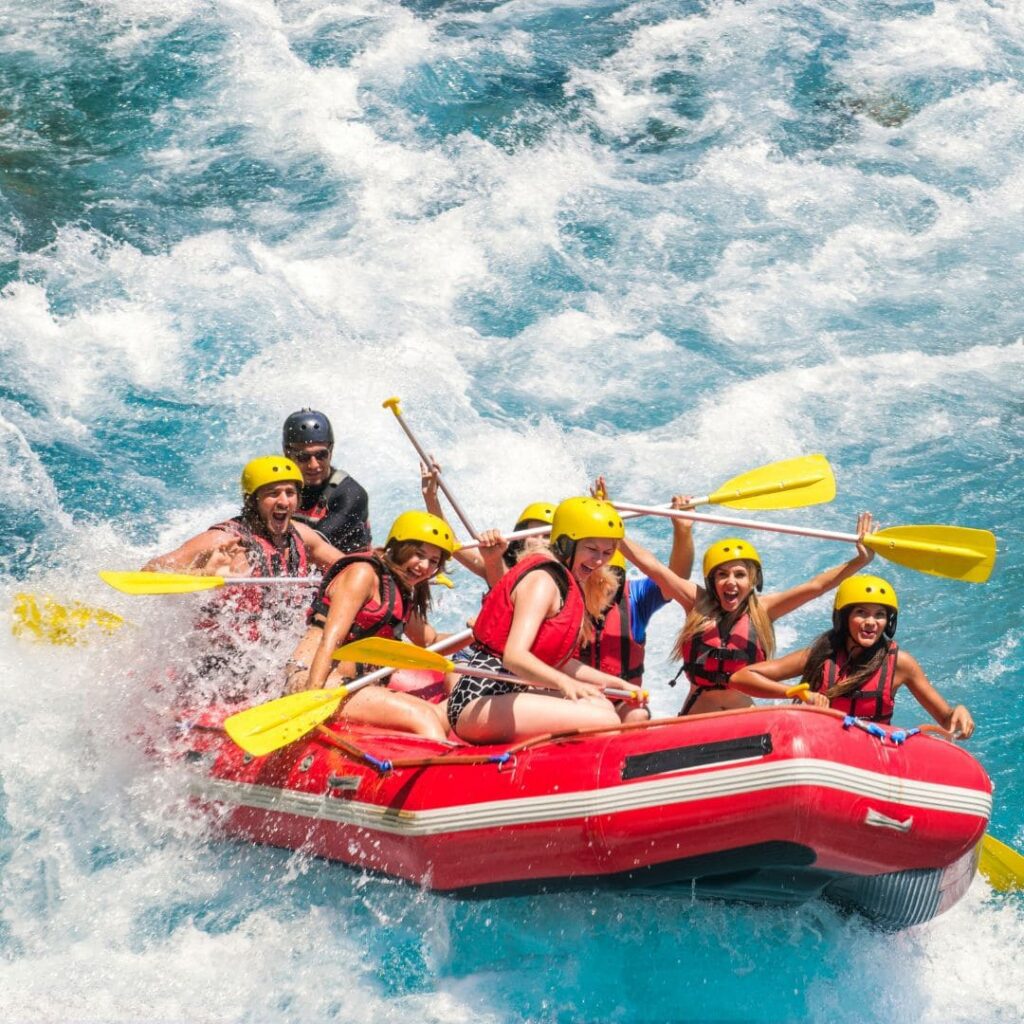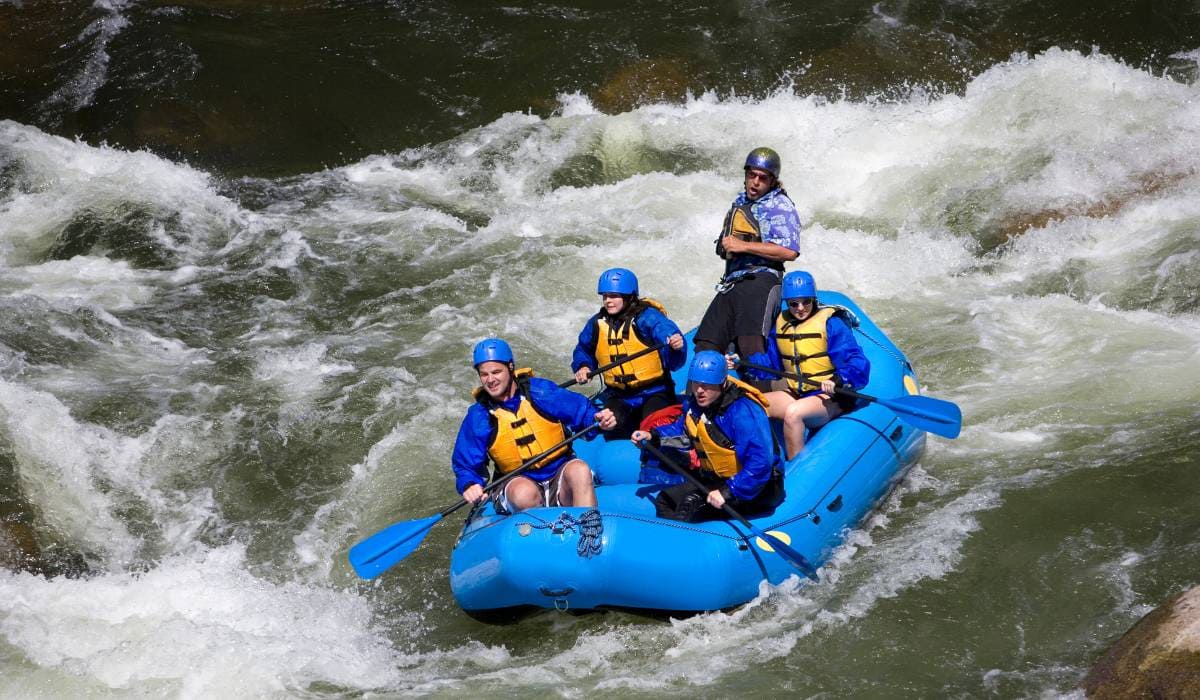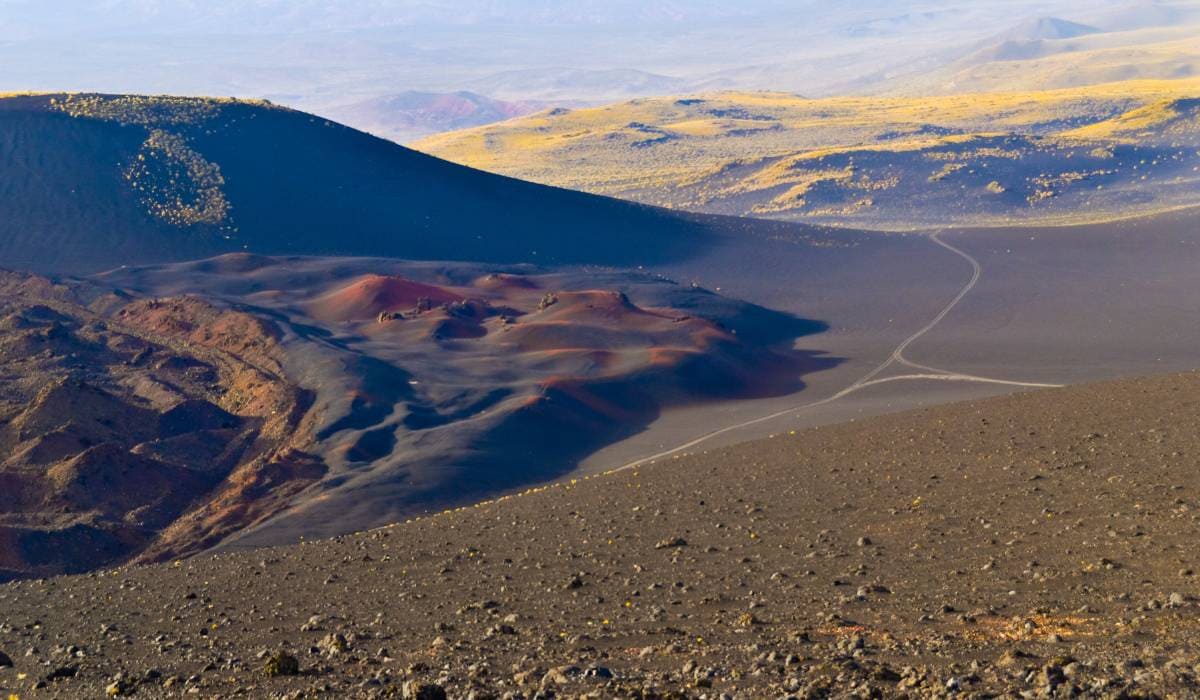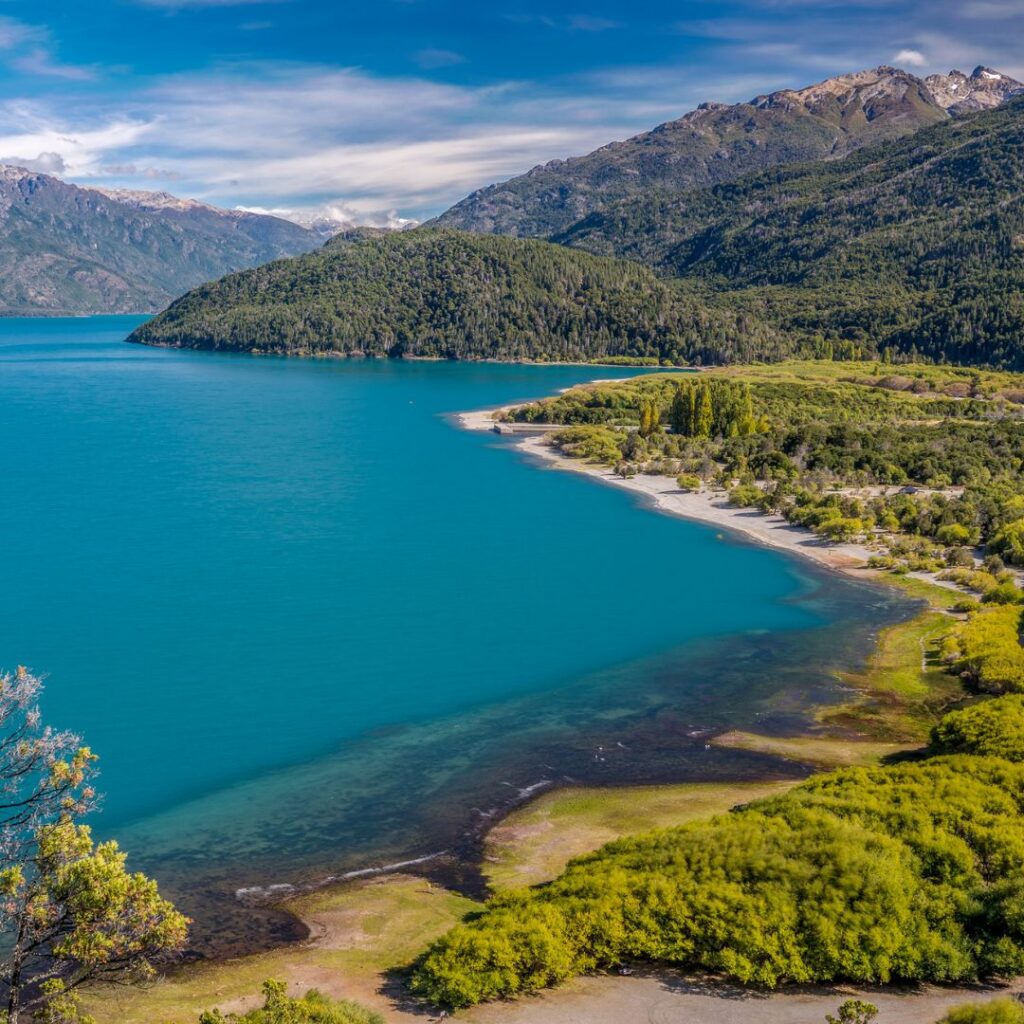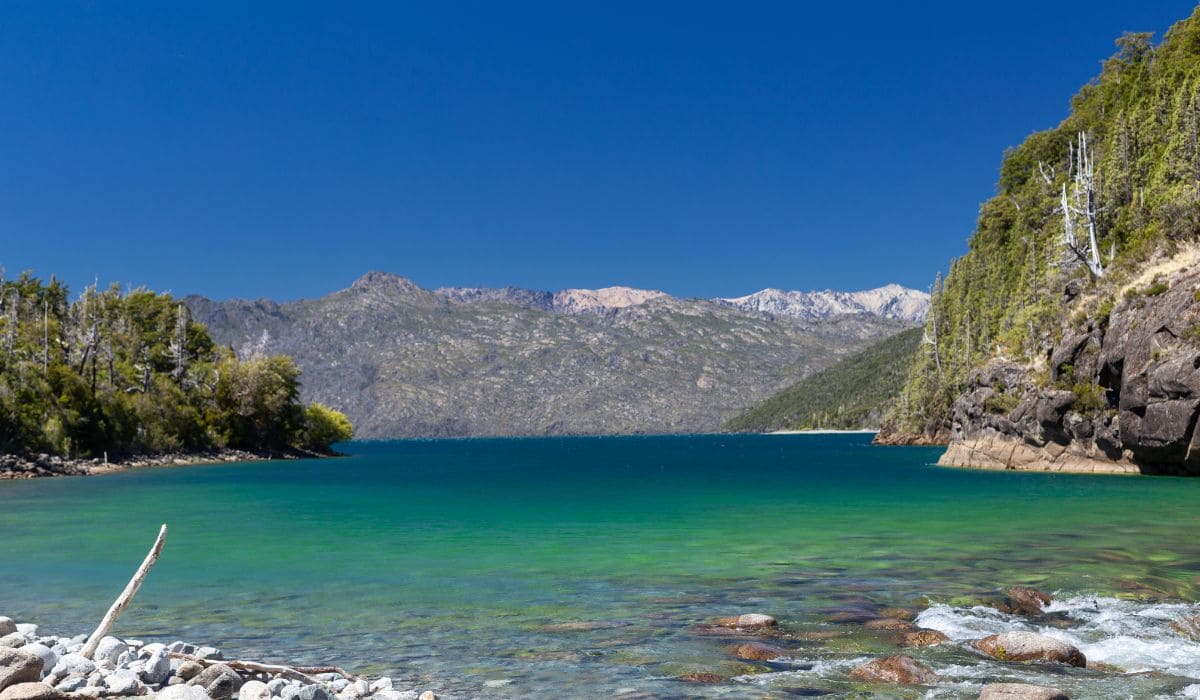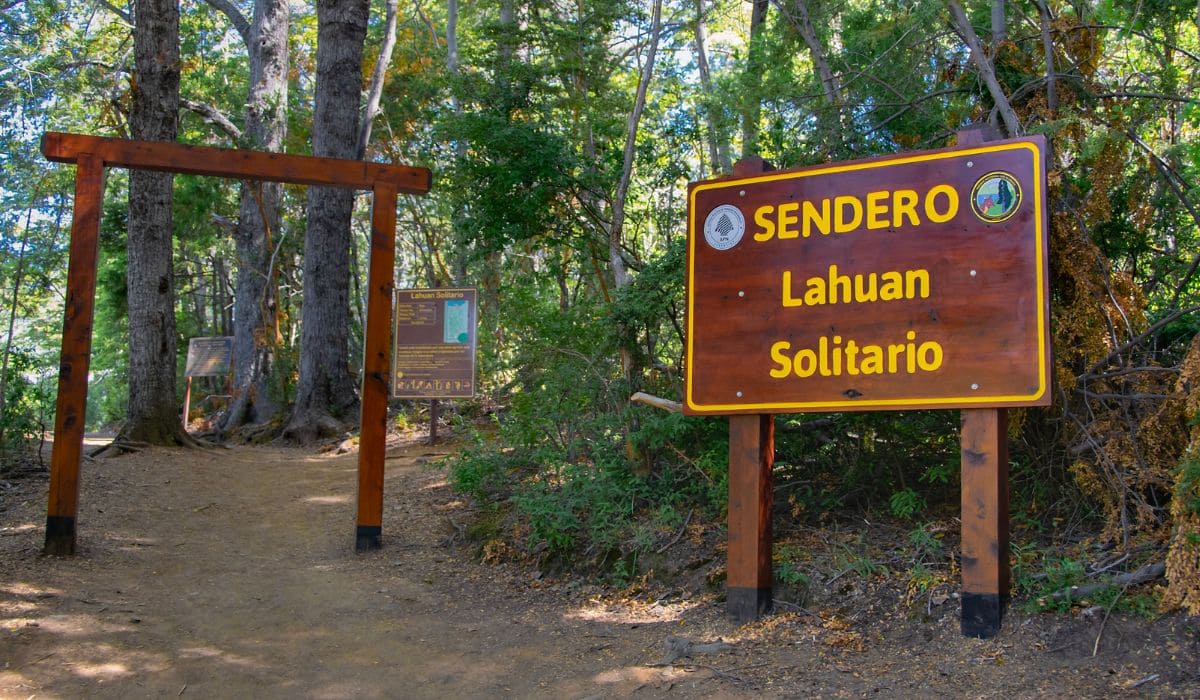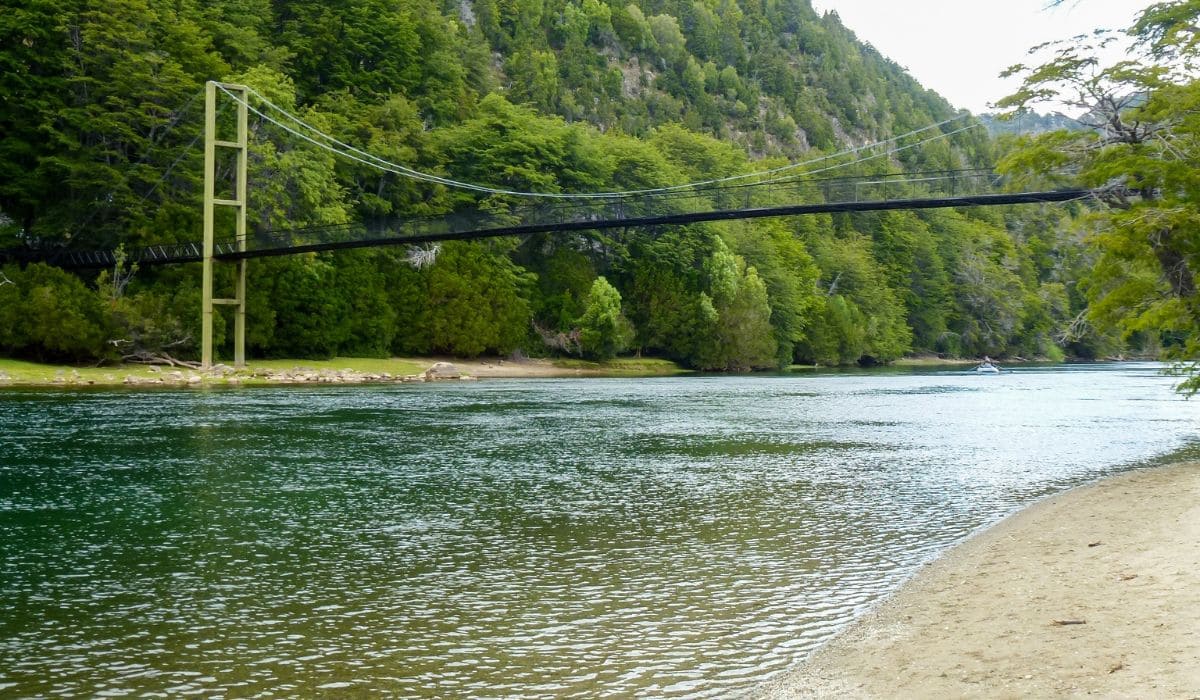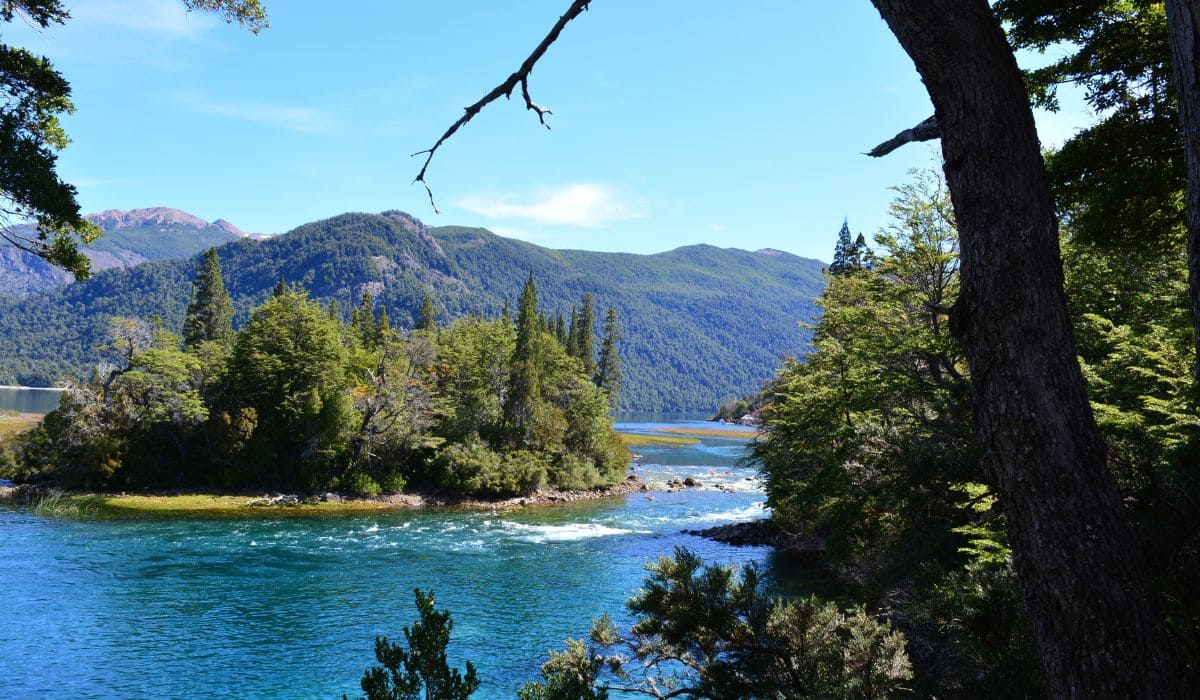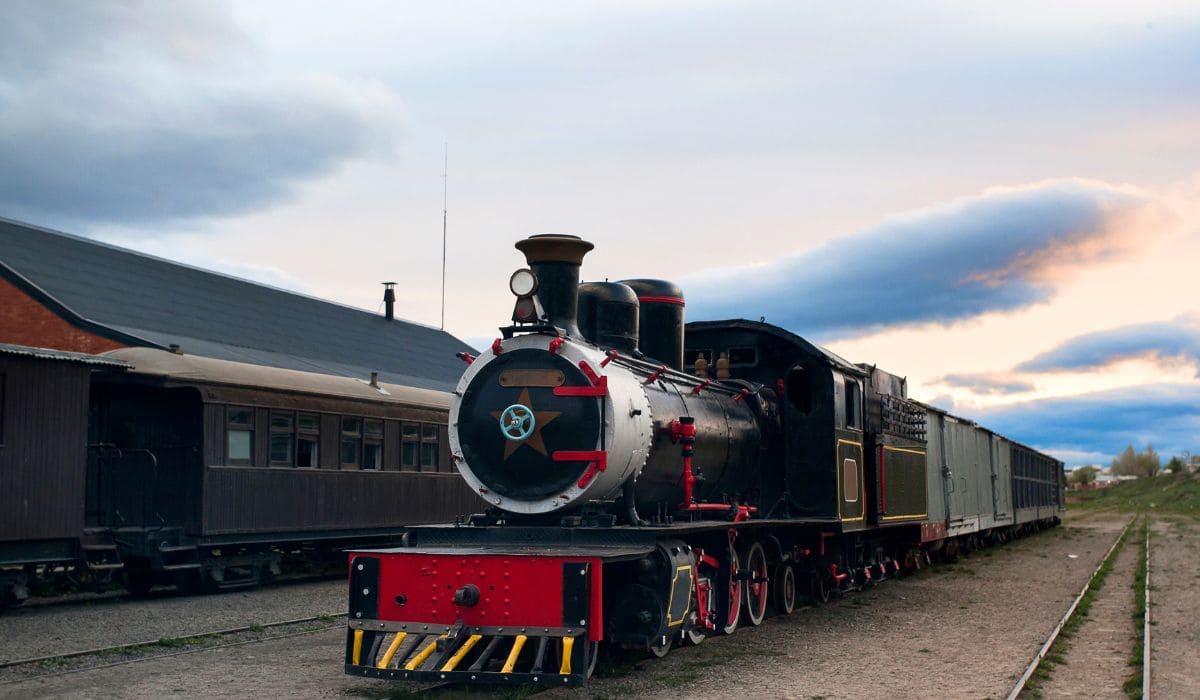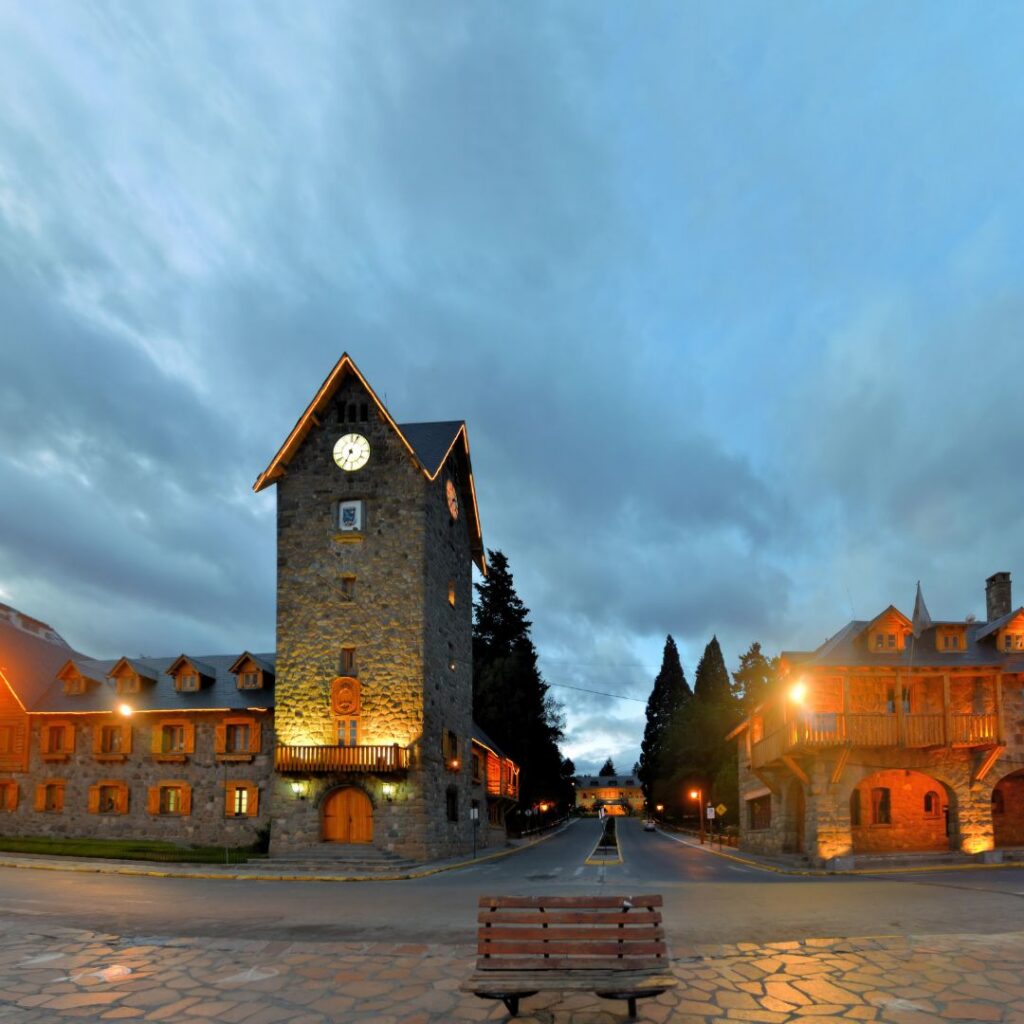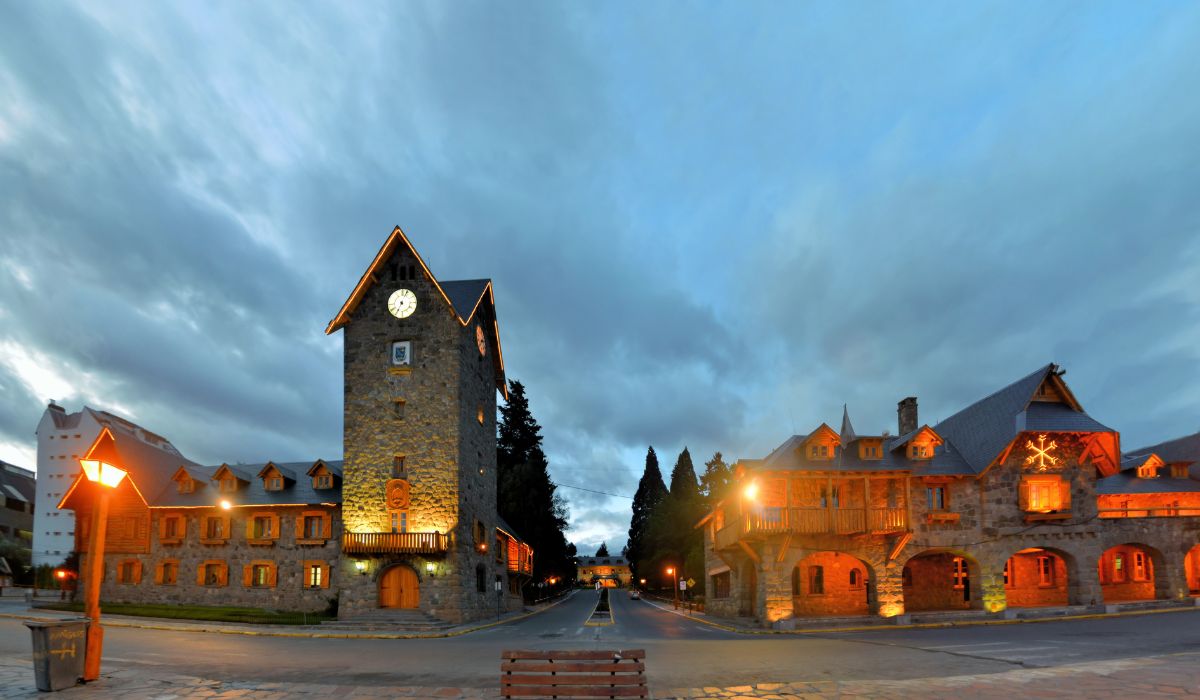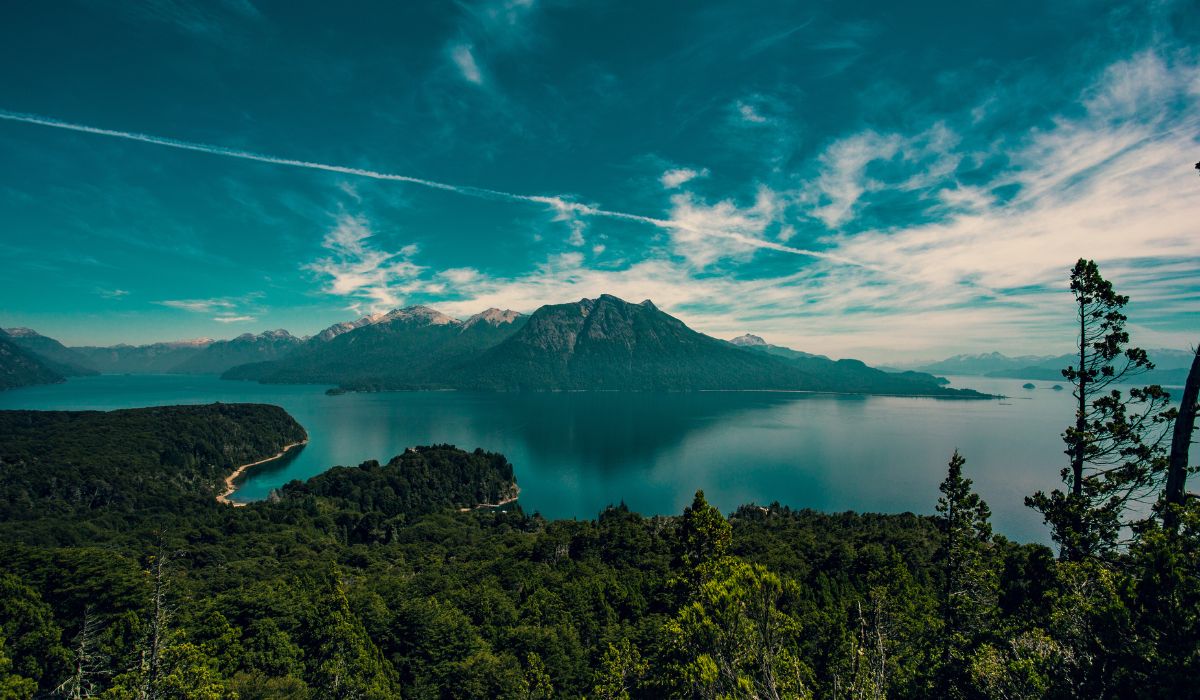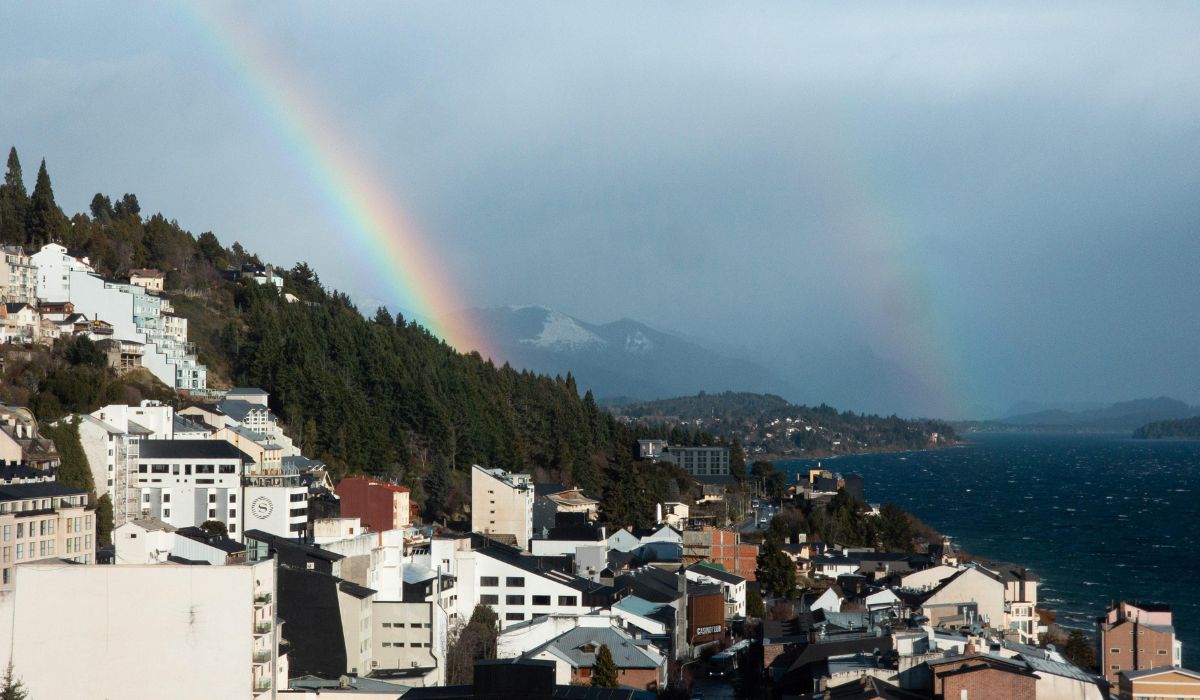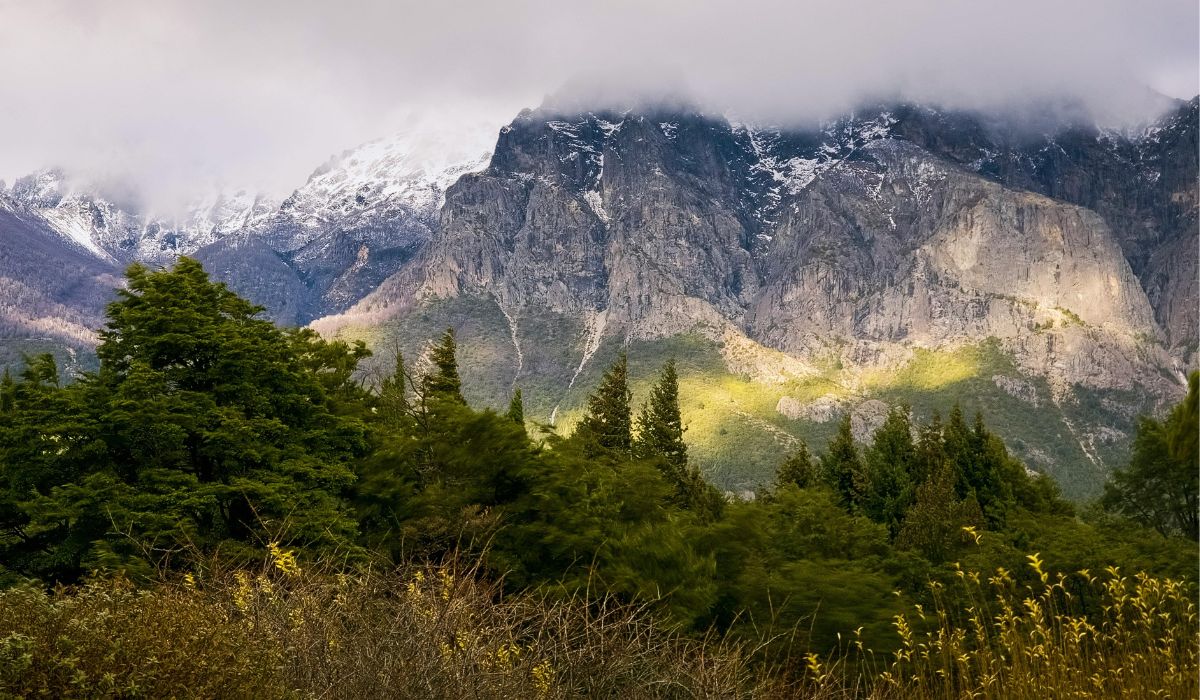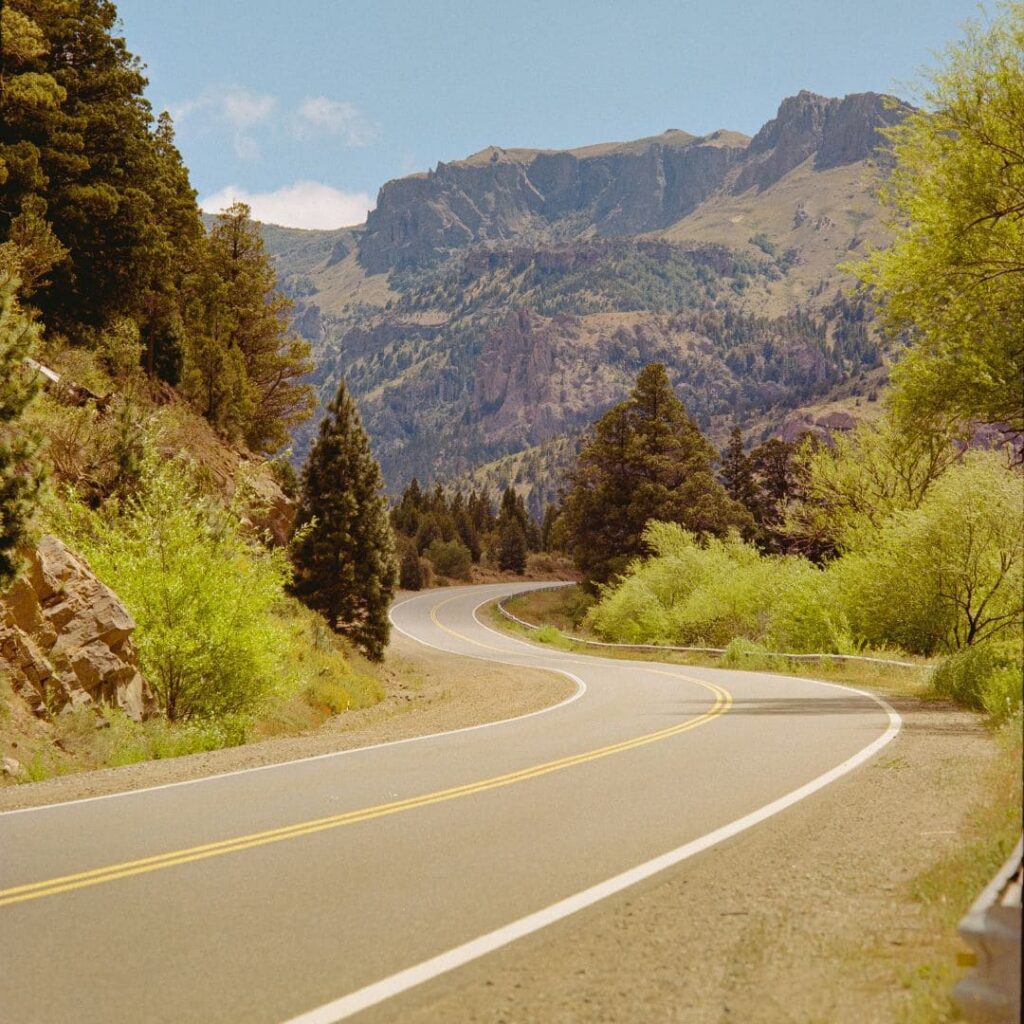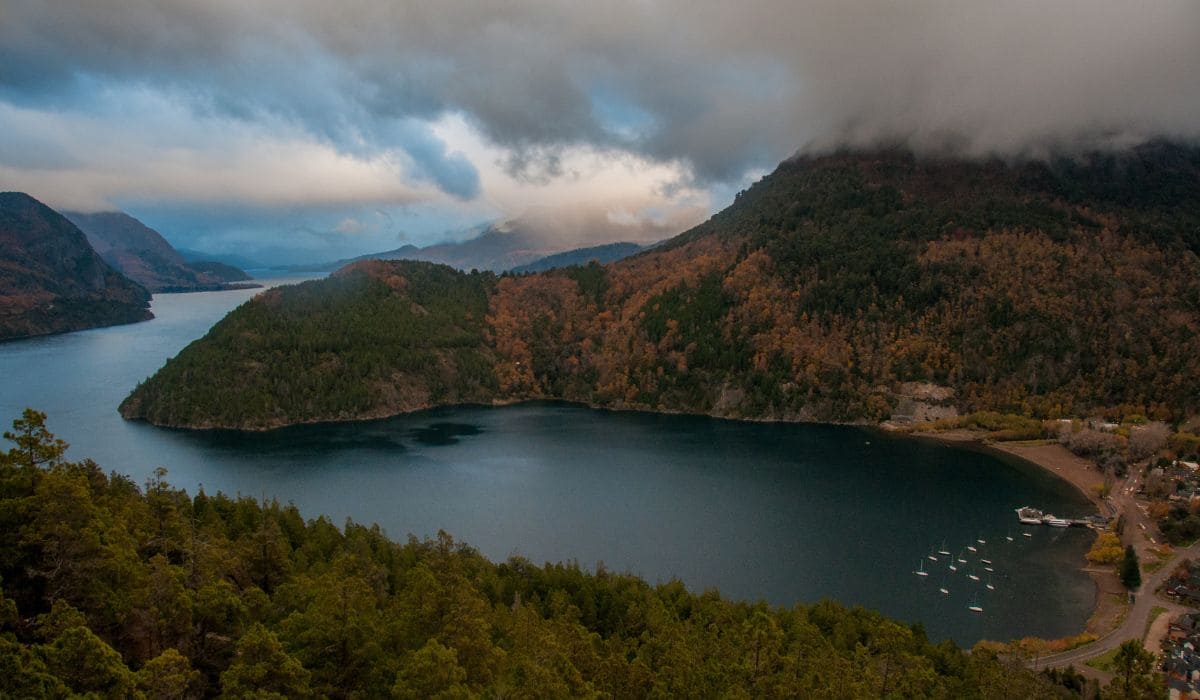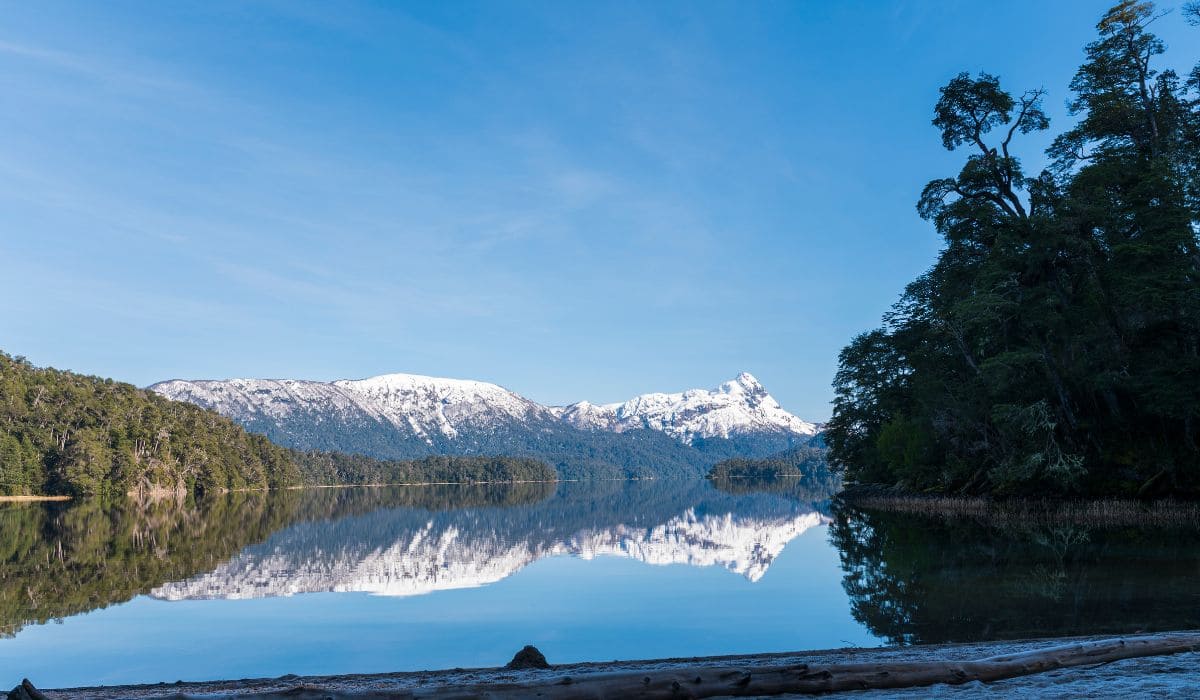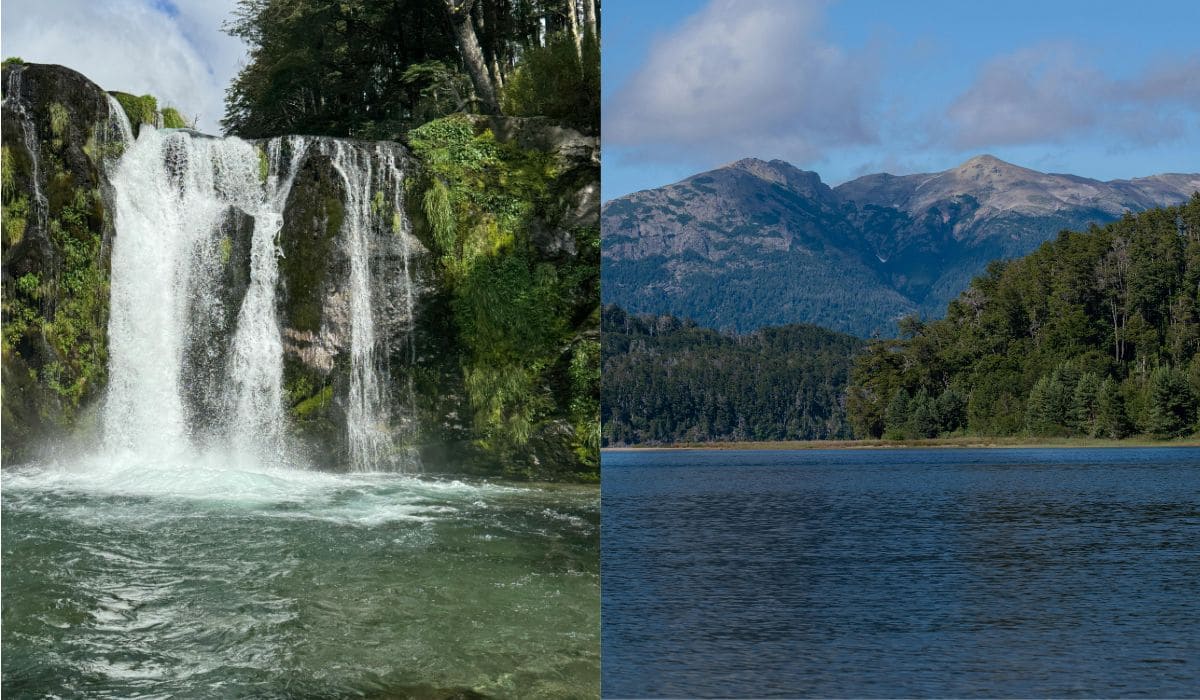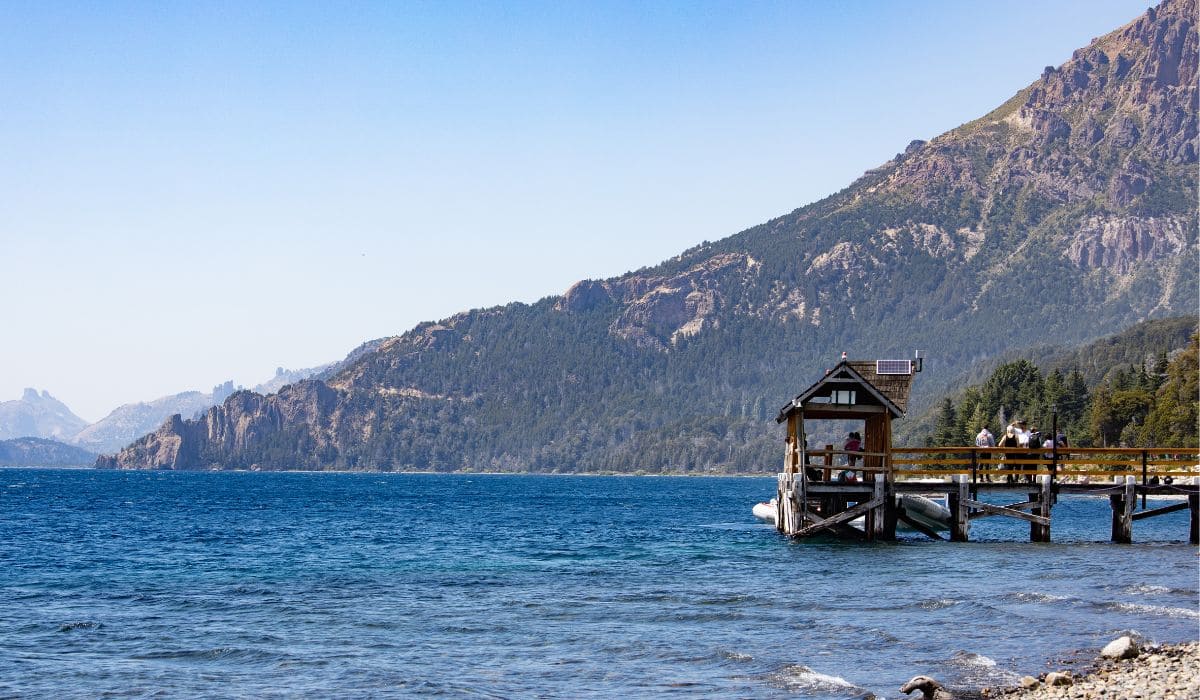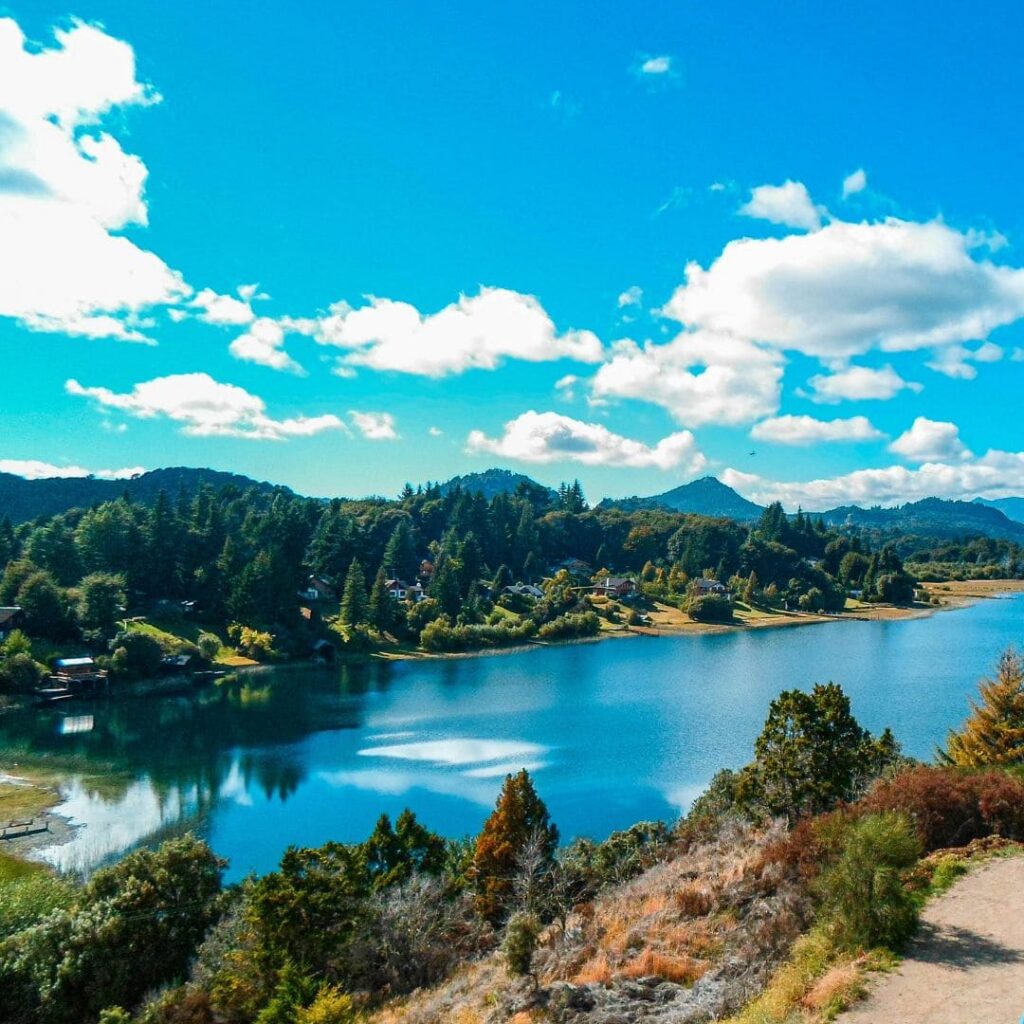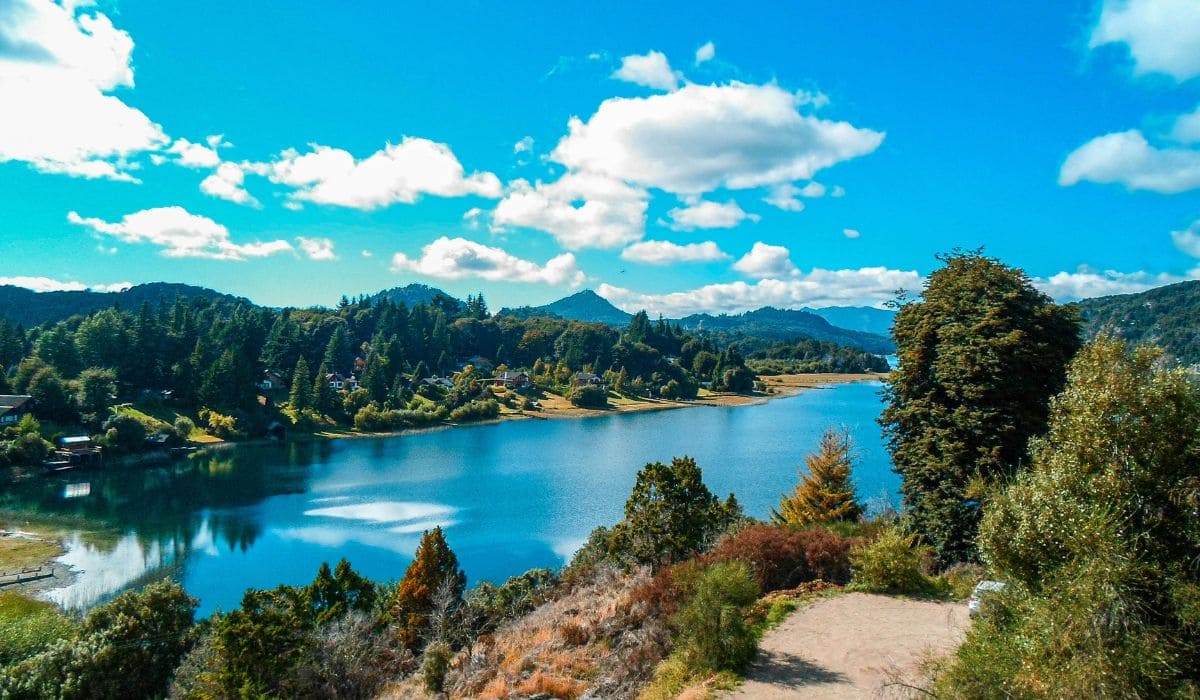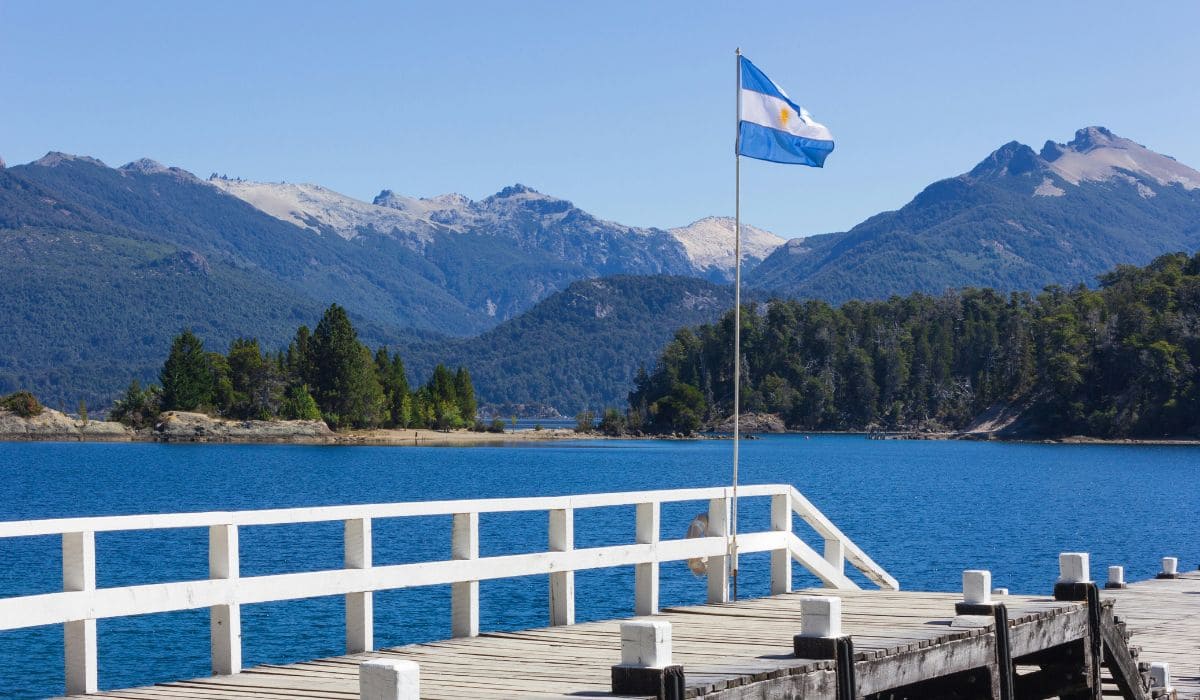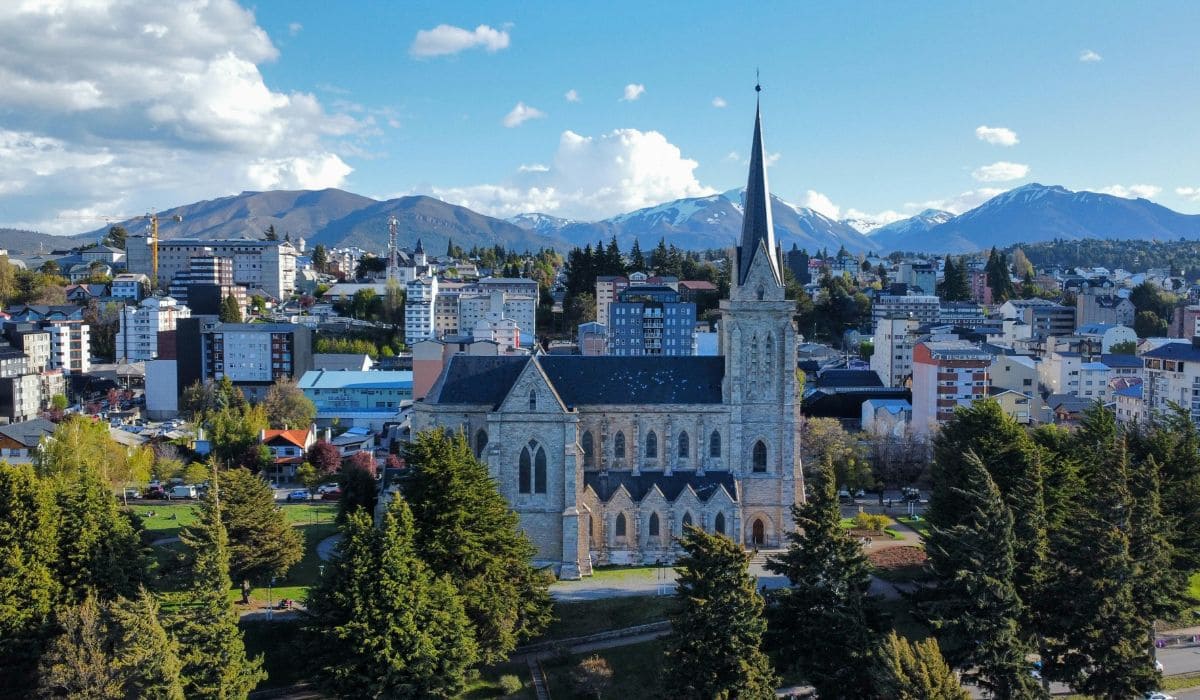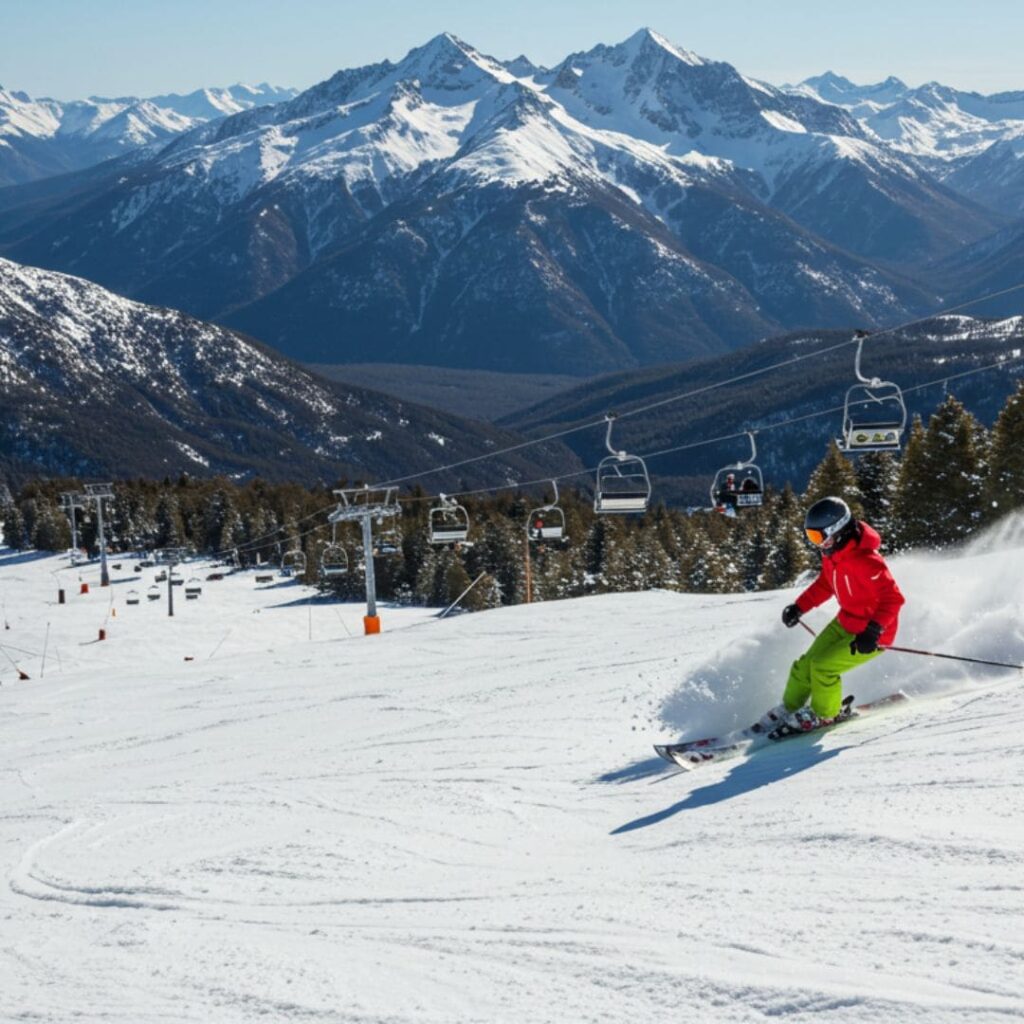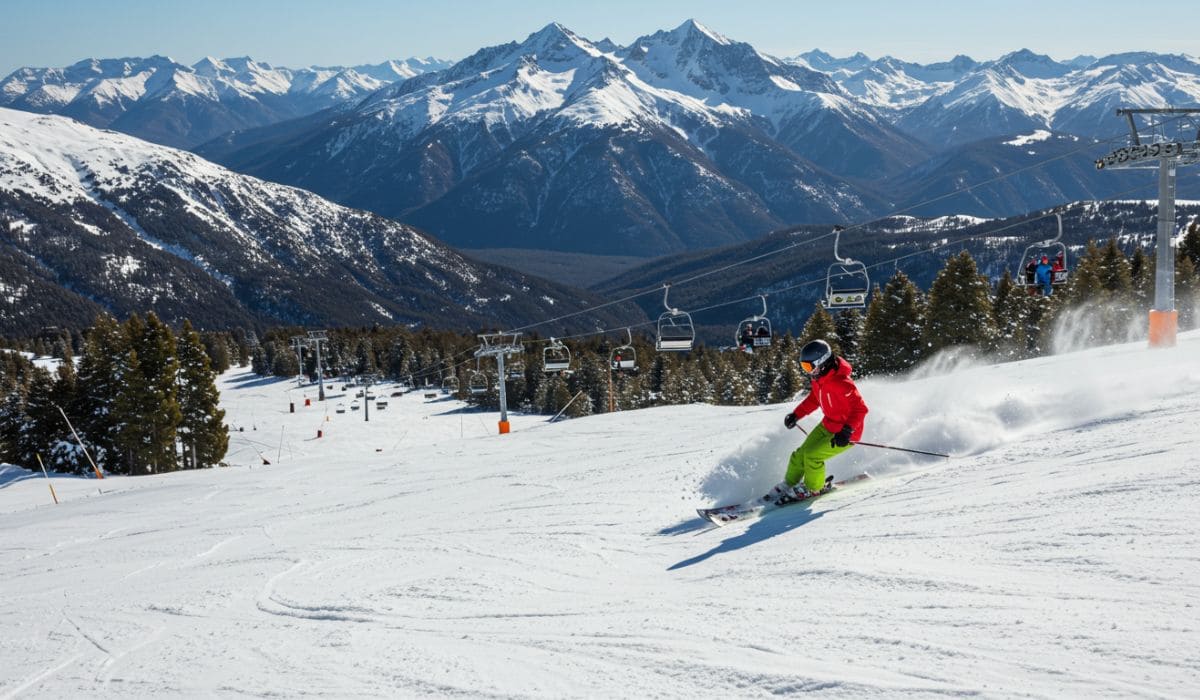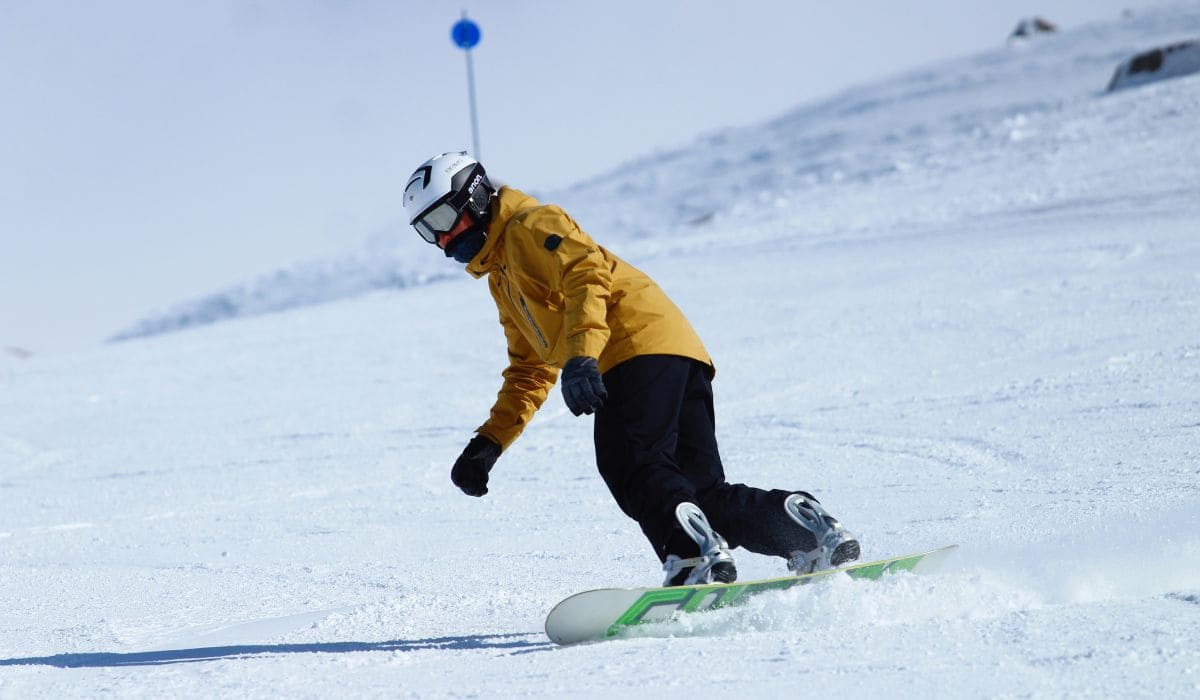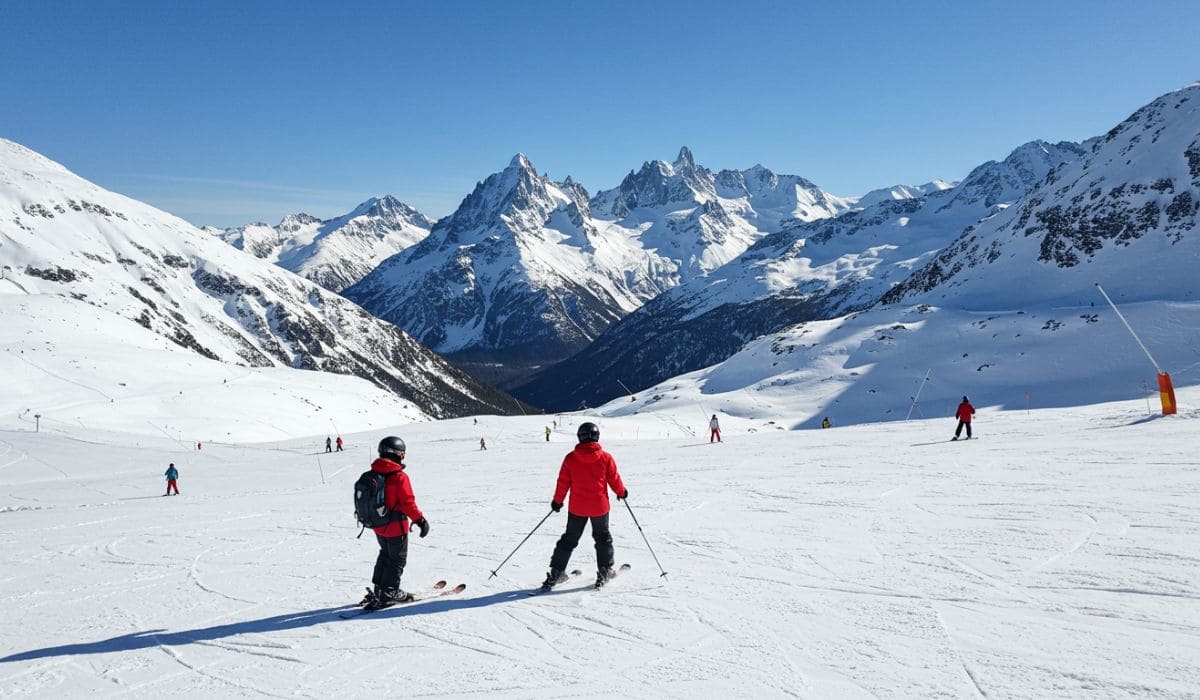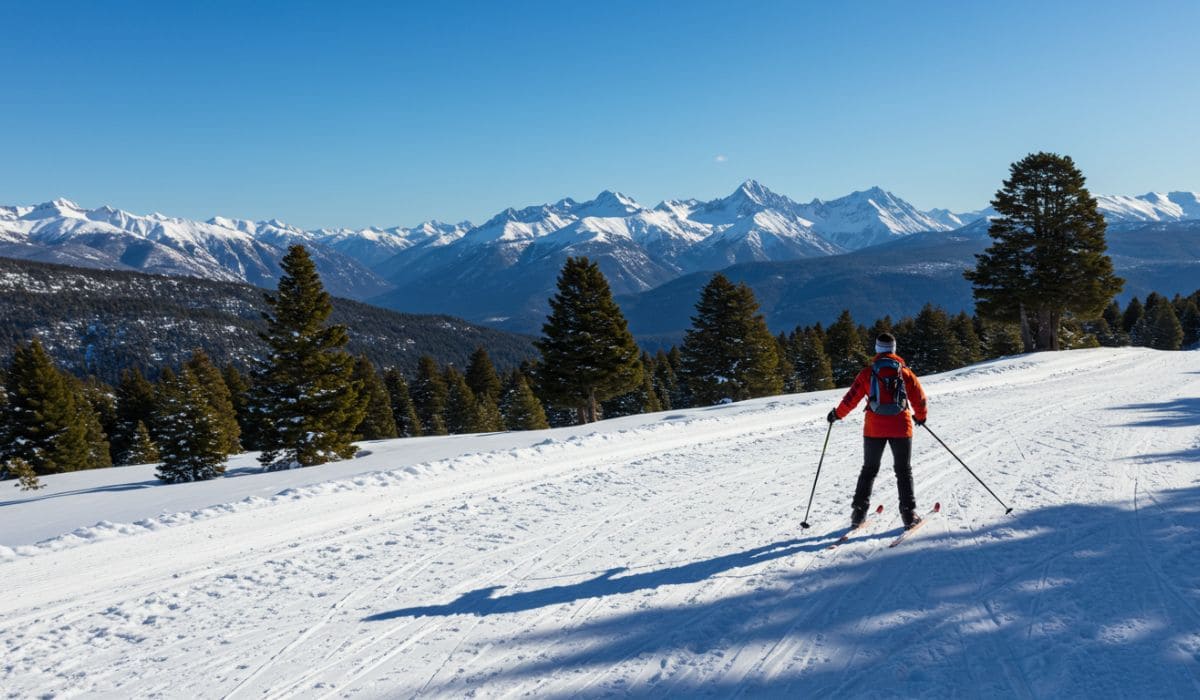Summer 2026: the best places to vacation in Argentina
The best places to vacation in Argentina are within easy reach, or just around the next bend in the road. The country’s routes connect the most diverse and beautiful destinations, and the best part: there are options for every type of traveler.
Impressive landscapes, great food, adventures and roads to get lost and found make Argentina the ideal place to recharge. Córdoba, Salta, Jujuy and Mendoza are just some of the destinations you can start considering.
If you’re planning your next trip, from Rentennials we offer you this guide where you’ll find the best places to vacation in Argentina. Choose the one that resonates most with you and enjoy summer 2026 to the fullest.
Why choose Argentina for a summer vacation?
Argentina is an ideal summer destination because it combines mountains, rivers, lakes, historic towns and cities full of cultural life, all accustomed to welcoming travelers. You’ll find well-marked routes and expanding tourist services that allow you to build itineraries at your own pace to discover the best places to vacation in Argentina.
What is summer like in Argentina?
Summer in Argentina is diverse. Patagonia offers long days and mild temperatures, the north has warm weather perfect for enjoying its rivers, and the central sierras combine moderate heat, fresh streams and landscapes ideal for adventure-filled getaways.
A key tip: the heat often means many outdoor places have extended hours. If you’re traveling by car, you can make the most of sunrise, sunset or cool mornings without relying on fixed transportation schedules.
How long should you travel through Argentina in summer?
To explore the best places to vacation in Argentina, the ideal is a minimum of ten to fifteen days, although it depends on the region you want to visit this summer 2026. In Patagonia or the North, for example, distances are greater and there are many scenic viewpoints and secondary routes worth including.
Traveling by car is the best way to explore the best places to vacation in Argentina in summer 2026. You can choose your own schedule, avoid waits, and enjoy panoramic routes like National Route 40, National Route 52 or the scenic roads of Córdoba’s sierras.
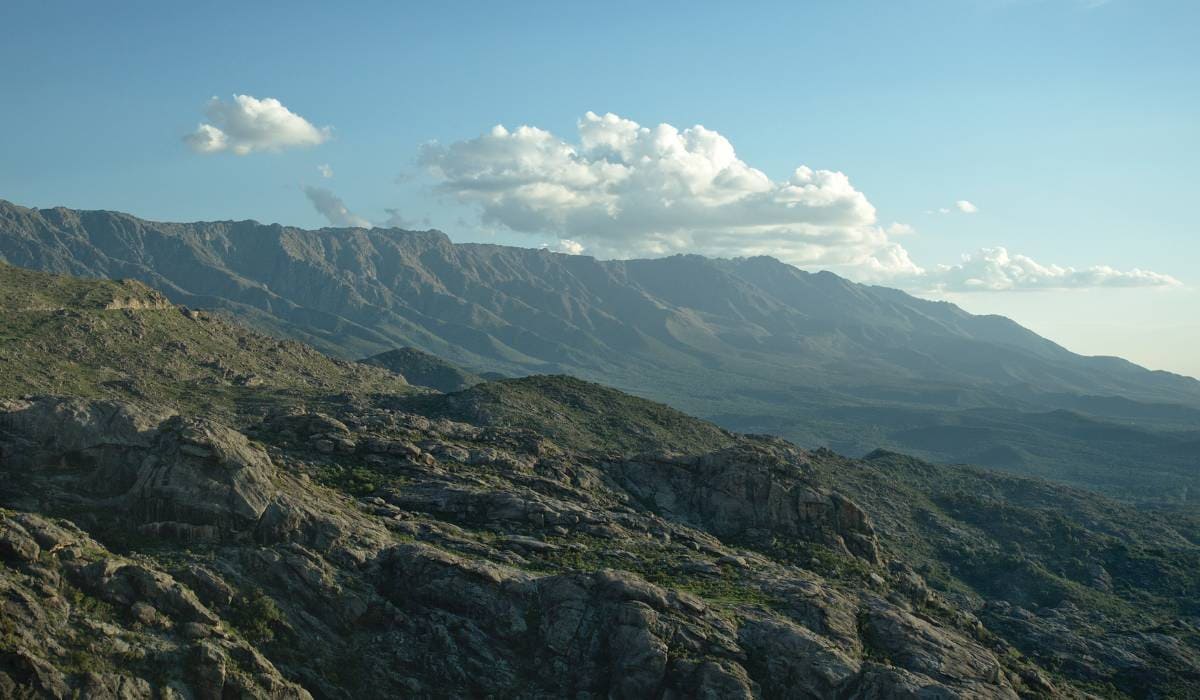
The best places to vacation in Argentina
Now let’s get into some destinations that are our favorites to fully enjoy each one.
Bariloche: the quintessential Patagonian destination
Bariloche is one of those cities that shine year-round. In summer, its landscapes filled with flowers and colors and its clear skies offer incredible views. Here’s what you can do in summer 2026 in one of the best places to vacation in Argentina.
The 7 Lakes Route
On Route 40 you’ll find one of its most breathtaking stretches: the Ruta de los 7 Lagos —110 kilometers connecting Villa La Angostura with San Martín de los Andes, crossing forests, mountains and shimmering lakes that will stay with you forever.
You can rent a car in Bariloche and do the route in a day, or split it into several days to improvise, stop to camp or go trekking in the forest. The lakes you’ll pass are Correntoso, Espejo, Escondido, Villarino, Falkner, Machónico and Lácar. If you’re up for it, you can also reach Villa Traful and Lake Meliquina.
Cerro Tronador
Leaving Bariloche along RN 40 heading south, you’ll pass the shores of Lakes Gutiérrez and Mascardi before turning onto Provincial Route 82. Further ahead, take the detour to Cerro Tronador.
Along the entire road, nature takes the spotlight, with viewpoints offering beautiful sights of mountains like Bonete and Cresta de Gallo and the Manso River, which changes color along its course. The road then winds upward toward Pampa Linda, finishing at a magical spot: the Ventisquero Negro, a glacier descending from Tronador, striking for its dark hue. A must-see for summer 2026.
Hiking in Bariloche
If you love hiking, Bariloche has countless options. The trail to Cascada de los Duendes, for example, runs from Lake Gutiérrez to the Cascade of the Duendes —a short, gentle walk along the Pescadero stream, perfect for families.
For something more demanding, take the trail to Lake Los Césares: after 4 to 6 hours of hiking with steep climbs, the reward is a beautiful lake hidden between mountains. A similar option is Refugio Frey, which you can reach via several different routes ending at Toncek Lagoon. You can camp there or stay in the refuge. Without a doubt, this is one of the unmissable activities in the best places to vacation in Argentina.
Enjoying Bariloche’s lakes
Sailing on Lake Nahuel Huapi is one of Bariloche’s must-do activities. Departing from Puerto Pañuelo, on the Llao Llao peninsula, you’ll find several excursions: from the classic one combining Victoria Island with the Arrayanes Forest, to one that takes you to the stunning Cascada de los Cántaros in Puerto Blest.
Bariloche also has its hidden gems: peaceful beaches that keep you close to nature, away from the crowds, with impressive scenery like the beach at Hotel La Cascada, Bahía Tacul —a quiet retreat within the Circuito Chico— or Playa Muñoz, which you reach after a 6-kilometer walk.
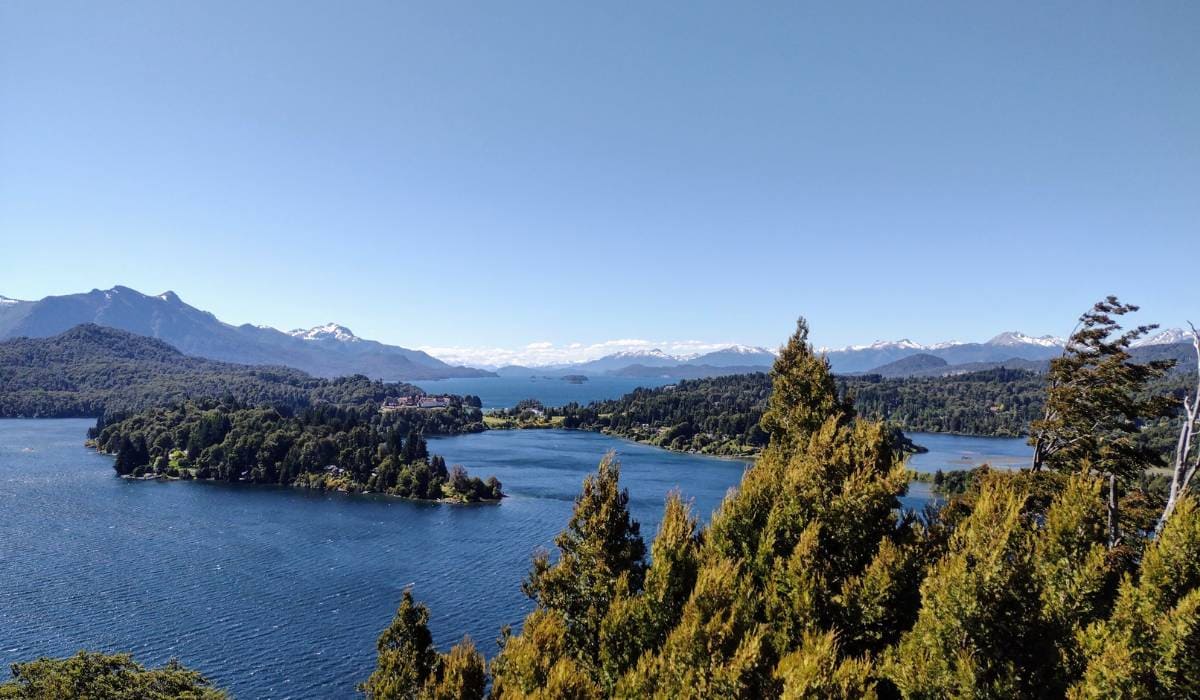
Travel to Mendoza’s summer
Plenty of sunshine, mountains, great wine and nature are part of what makes Mendoza one of the best places to vacation in Argentina. If you want adventure, relaxation, striking landscapes and local flavors, Mendoza is a sure bet for summer 2026.
The beauty of the Andes
The Andes in Mendoza are the perfect summer refuge: mountains, fresh air and amazing views. Sunny days invite you to explore routes across the foothills and mountain areas with open vistas ideal for relaxed trekking.
The Aconcagua Provincial Park, home to the tallest mountain in the Americas, offers a beautiful, easy trail suitable for everyone: the walk to Laguna de Horcones, where you can see one of Aconcagua’s glacier-covered faces. It’s easily accessible, as the park entrance is just meters off Route 7. The round-trip takes two to three hours.
Mendoza’s best wineries
If you’re visiting one of the best places to vacation in Argentina, and that place is Mendoza, you won’t want to miss the perfect season for wine tourism. With warm weather, long days and clear skies, many wineries in areas like Uco Valley, Luján de Cuyo or Maipú open their doors for tastings, vineyard-side lunches, boutique wineries and tailored experiences.
Here are some of our favorites: Zuccardi, Catena Zapata, Salentein and Bianchi.
San Rafael: the rafting capital
Just over 230 km from Mendoza city, San Rafael blends nature and tranquility. The Atuel Canyon is one of the highlights, but you’ll also find renowned wineries, family-friendly spots like El Laberinto de Borges, and an impressive treetop adventure park —Bosque Euca— where you can try canopy.
The Valle Grande dam is one of its major attractions, and for adventure lovers, rafting on the Atuel River is an exhilarating way to connect with nature.
Malargüe’s volcanoes
If you’re looking for something out of the ordinary, Malargüe is a must. The southernmost city in Mendoza is home to one of the country’s most incredible natural settings: the La Payunia Provincial Reserve —a vast field of over 800 inactive volcanoes with copper, red and gray tones that feel otherworldly.
Note: visiting requires a full-day guided excursion in a 4×4, with several stops inside the reserve.
Córdoba: sierras, streams and endless greenery
Rolling sierras, crystal-clear streams and towns full of identity make Córdoba one of the best places to vacation in Argentina —an ideal destination to disconnect completely.
Feel the calm of Traslasierra
The Traslasierra valley is synonymous with peace and nature. In summer, Mina Clavero and its beautiful rivers are perfect for swimming and relaxing in natural pools with fresh, clear water.
In Nono, you’ll find a village with a strong serrano spirit, known for simple architecture and a slow pace that invites you to enjoy afternoons by the river and trails for walking, horseback riding or cycling. San Javier and Yacanto, at the foot of Cerro Champaquí, offer deep relaxation among olive groves, vineyards and dirt roads.
Crossing Córdoba’s tunnels
Driving through Córdoba’s Tunnels Road is an experience that blends history, adrenaline and unbelievable landscapes. This gravel stretch connecting Taninga with Las Palmas winds through the Sierras Grandes, featuring a series of tunnels carved in the early 20th century. As you advance, the road opens among reddish cliffs, sharp curves and natural balconies overlooking the vast valley of the Traslasierra region.
The route surprises with a constant sense of adventure: condors flying low, steep slopes, and viewpoints that feel suspended in mid-air. It’s perfect for travelers seeking unique scenic drives.
San Marcos Sierras, a northern Córdoba treasure
San Marcos Sierras invites you to slow down among dirt roads, leafy trees and a relaxed atmosphere. The San Marcos and Quilpo rivers are ideal spots to spend the afternoon reading, sipping mate and cooling off. Many travelers choose this destination year after year as one of the best places to vacation in Argentina.
The town also preserves a strong identity: its 18th-century adobe chapel, the small local museum, artisan markets, organic farms and a community that lives at a harmonious, unhurried pace. It’s a perfect destination for those seeking authentic experiences far from mass tourism.
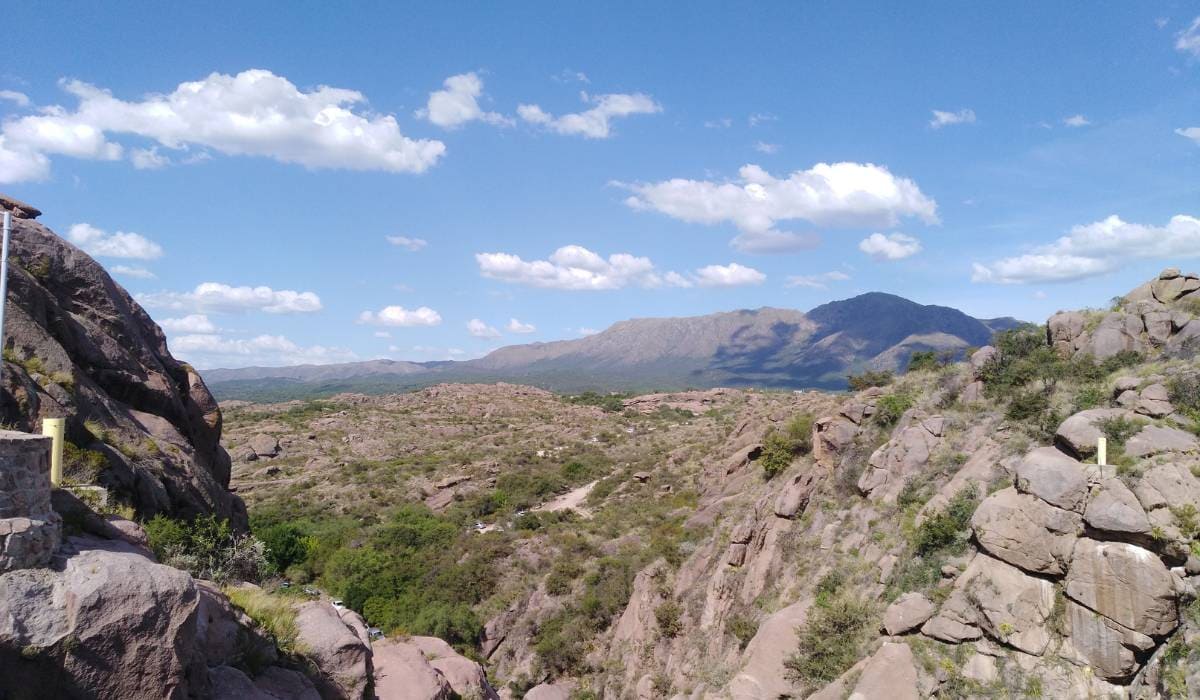
Quebrada de Humahuaca and the Northern Argentine summer
The Argentine North is always chosen as one of the best places to vacation in Argentina. Here you’ll find adventure, nature and tradition. Here’s a guide to the best of the region to make summer 2026 truly unforgettable.
Purmamarca and Tilcara
At the base of the Quebrada, at the foot of the Hill of Seven Colors —with its mix of pink, white and purple tones creating a magical spectacle— Purmamarca is likely the most iconic town in Jujuy. You can explore the main square with artisan stalls or soak in northern culture in its adobe streets that preserve traditional architecture.
A few kilometers north lies Tilcara, another cultural and archaeological hub of the Quebrada. The Pucará de Tilcara is a pre-Hispanic site offering a window into the region’s Andean past.
Hornocal
If the Quebrada dazzles with its colors, the Hornocal Hills —known as the “Hill of 14 Colors”— take that natural spectacle to another level. Their slopes display vibrant color bands created by geological formations millions of years old, offering one of the most iconic landscapes in the Argentine North.
Access is usually from the town of Humahuaca. The viewpoints offer astonishing panoramas and the feeling of being in another world.
The Salinas Grandes
Visiting one of the best places to vacation in Argentina this summer 2026 also means discovering an otherworldly landscape. This impressive salt flat, located in the Jujuy puna, 70 kilometers from Purmamarca, is a must on any Northern Argentina trip.
The Salinas Grandes are ideal for exploring slowly, walking on their vast white surface, watching sky-earth reflections and understanding why so many travelers are captivated by this sea of salt surrounded by mountains and sky.
Paved Route 52, which leads from Purmamarca, is one of the most scenic roads in the country, and it’s also in excellent condition.
The Jujuy yungas
Blending history, altitude and lush nature, the Jujuy yungas offer a dramatic change of scenery compared to the Quebrada or the Puna. This green strip connects with protected areas like Calilegua National Park, one of the region’s major green lungs. It’s ideal for travelers seeking wildlife, flora and temperate forest trails.
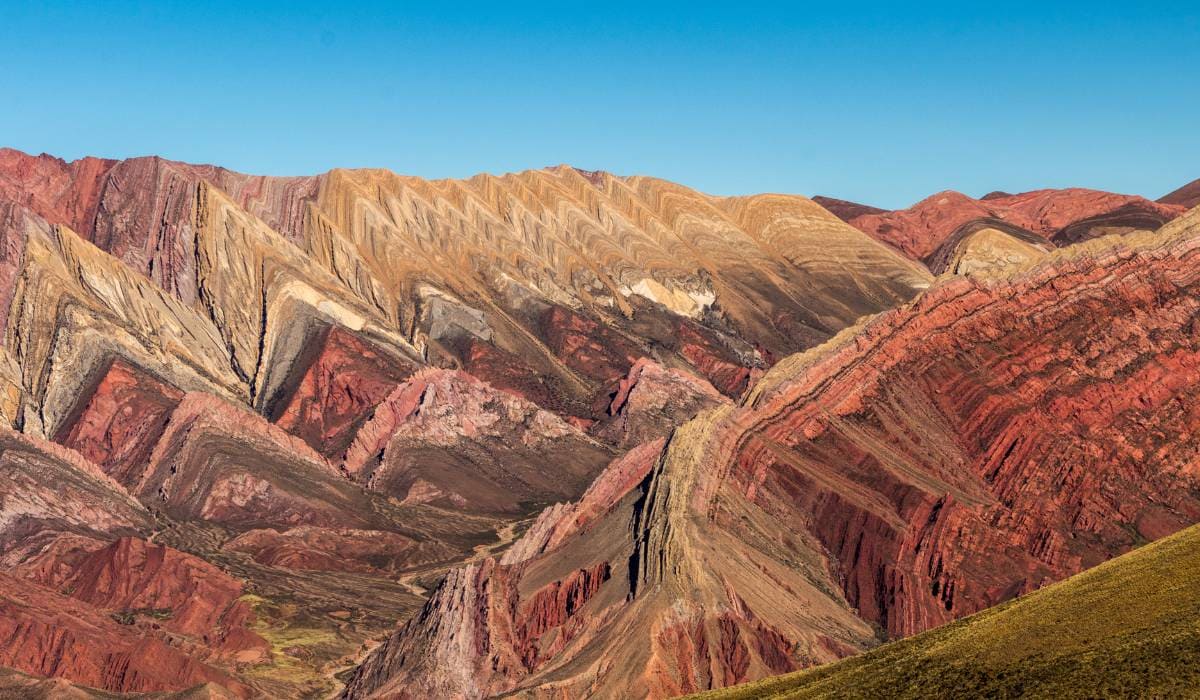
Tips for vacationing in Argentina in summer 2026
- Travel early to avoid the hottest hours of the day.
- Book accommodations and activities in advance.
- Check route conditions and national park schedules before leaving.
- Look at the local agenda: many destinations add food fairs, festivals and cultural events only available during summer 2026.
- Make strategic stops to stay hydrated, rest and enjoy scenic viewpoints or rivers along the way.
Rent a car and enjoy summer 2026
At Rentennials, we know your time is valuable and you want to enjoy it fully: traveling by car lets you optimize your schedule, avoid connections, long waits and routes that may take too long on public transport.
There’s nothing like the freedom of discovering the best places to vacation in Argentina, making spontaneous detours and enjoying a more authentic and flexible trip.
We are Rentennials
Rentennials is the new way to rent cars from local hosts in your city, quickly, easily, and affordably. It's also your new path to starting your own car rental business and making money every month.
Discover more.
